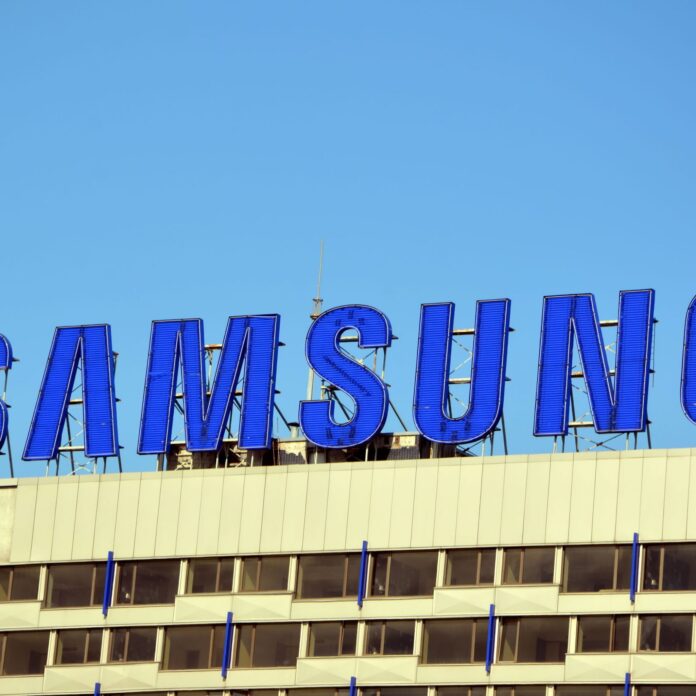Samsung’s 5G vRAN, virtual core, MEC, and management and analytics will be central to the collaboration
Samsung will deliver 5G network solutions built on Red Hat’s hybrid cloud portfolio, including Red Hat OpenShift, Red Hat OpenStack Platform, Red Hat Enterprise Linux, Red Hat Ansible Automation Platform and Red Hat OpenShift Container Storage. Samsung’s 5G virtualized RAN and core, mobile edge computing solutions, and management and analytics will also be central to the collaboration.
Samsung has significantly grown its network infrastructure reach in 4G and 5G with major network deals in its home market, New Zealand, Canada, India and a blockbuster $6.6 billion deal with Verizon for the operator’s ongoing 5G build.
5G, in its purest form, is a cloud-native network meaning previously hardware-specific network functions are deployed as software instances on either proprietary or commoditized hardware running in a cloud-based management environment. And, because 5G is designed to meet a wide range of use case requirements and deployment configurations, the idea of software-as-network gives operators the ability to run workloads where they are needed. In terms of this announcement, RedHat is providing the underlying cloud tools necessary to support Samsung’s virtualized network portfolio.
Chris Wright, senior vice president and CTO, Red Hat commented, “As service providers build 5G networks, they are forming the foundation for the next wave of cross-industry innovation. From helping businesses in their edge computing solutions to ensuring enterprises can successfully deploy their artificial intelligence and machine learning applications, we expect these services to be built on a proven, cloud-native infrastructure.”
Consistent horizontal cloud-native platforms enable service providers to use the same infrastructure for multiple use cases and reduce management and operational expenses. The press release about the collaboration points to a Red Hat-sponsored report from ACG Research, which indicated that open horizontal platforms can lower total cost ownership (TCO) up to 30% when compared to siloed vertically integrated deployments of virtualized radio access networks (vRANs).
Samsung received Red Hat’s vendor validated virtualized network functions (VNF) Certification and plans to have Containerized network functions (CNF) certification, which Red Hat said is the highest standard for mission-critical network functions on Red Hat OpenShift and verifies that CNF vendors with critical workloads today can effectively prepare their applications for a cloud-native future running in production on Red Hat OpenShift.
“We are pleased to collaborate with Red Hat to help service providers stay competitive in this increasingly demanding global 5G market, especially on the cloud-native front,” said Wonil Roh, senior vice president and head of Product Strategy, Networks Business at Samsung Electronics. “Through this partnership, Samsung 5G solutions will provide a highly efficient and reliable network experience for our customers by integration with Red Hat’s cloud-native solution.”
In 2019, Red Hat was part of Japan’s Rakuten Mobile Network launch, providing its Red Hat Enterprise Linux, Red Hat OpenStack Platform and Red Hat Ceph Storage solutions.

